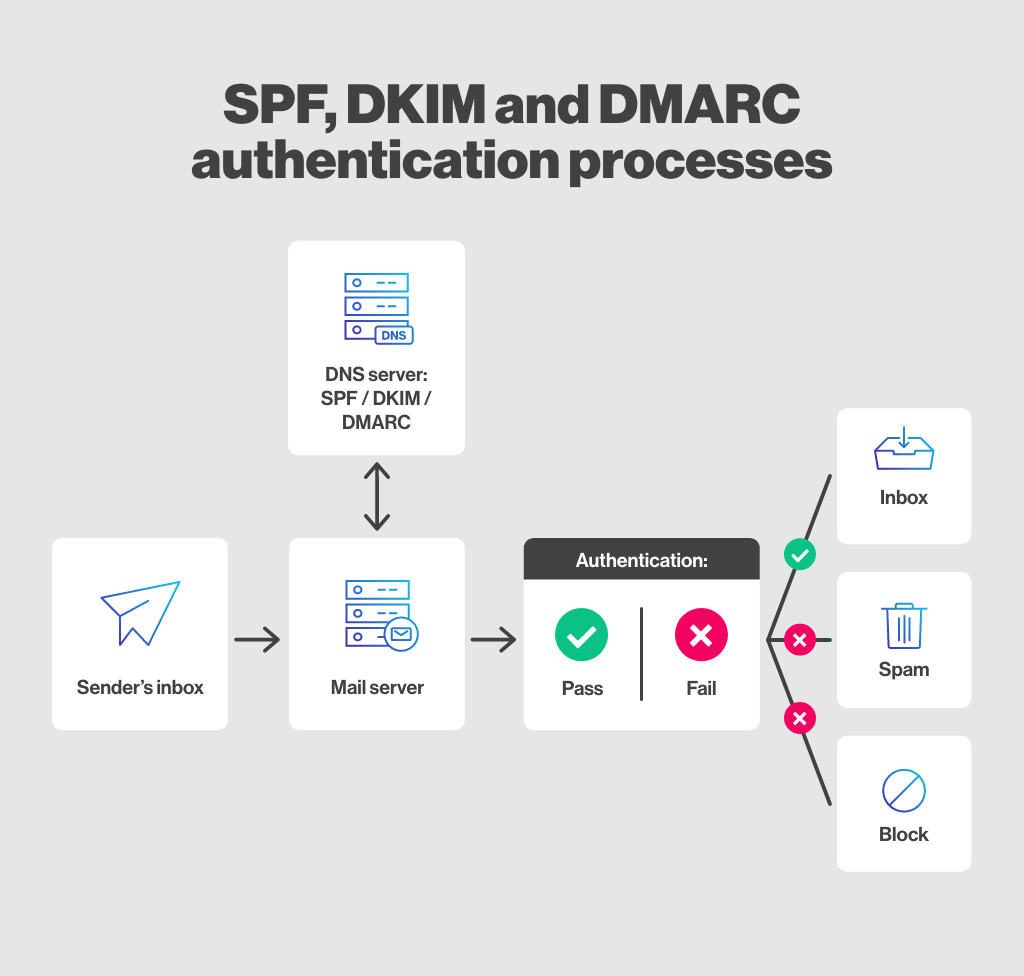This year, we had the incredible opportunity to travel across Canada, stopping in Halifax, Toronto, Calgary, and Vancouver. At each stop, we connected with marketers, business owners, and nonprofit leaders, hearing firsthand about their challenges and successes with email marketing.
These conversations—whether during a presentation, at a booth, or over coffee—gave us a clear picture of what matters most to Canadian businesses when it comes to email marketing. Based on this feedback, we’ve boiled it down to four key areas we believe everyone should focus on heading into 2025. But before diving into the details, let’s talk about why email marketing remains one of the most effective tools for businesses today.
Why Choose Email Marketing Over Social Media and Other Tools?
While social media and other marketing channels can be effective, email marketing offers unique advantages that are hard to beat:
- Direct Audience Access: Unlike social media platforms, which rely on algorithms, email delivers your message directly to your audience’s inbox. You own your email addresses list, and no algorithm can limit your reach. Learn more about why email marketing is so effective.
- Better ROI: Email marketing delivers the highest ROI of any channel—earning $36 for every $1 spent on average. That’s a level of efficiency no other marketing channel can match.
- Personalized and Trackable: With email, you can send custom messages that matter to your audience. You can also measure how well they perform with detailed analytics. This helps you get the most from your campaigns.
- Cost-Effective: Compared to paid social ads or other channels, email marketing is affordable and yields long-term results.
1. Personalization & Segmentation
One thing we kept hearing? Generic, one-size-fits-all emails aren’t cutting it anymore. Your audience wants emails that feel personal and relevant. Businesses that meet this expectation are the ones that stand out.
- Personalization: Using a person’s name in the subject line or adjusting your content based on their actions is essential. A simple personalized subject line can boost open rates by 26%!
- Segmentation: The days of emailing your entire list the same message are over. Break your audience into groups based on their location, purchase behavior, or engagement level. This allows you to send content that speaks directly to each group’s needs, which leads to better results.
2. Marketing Automation
If there’s one thing busy marketers appreciate, it’s anything that saves time while improving results. Marketing automation does exactly that, and it’s why so many businesses we spoke to are investing in it.
Here’s how automation can help:
Automatically follow up with leads through drip campaigns.
- Send emails triggered by specific actions, like cart abandonment reminders or welcome emails.
- Nurture your prospects with content tailored to where they are in their buyer journey.
It’s simple: automation frees you up to focus on strategy while still keeping your audience engaged.
3. Deliverability
If your emails don’t reach your audience’s inbox, all your hard work goes to waste. Deliverability was a hot topic at every event we attended, and it’s clear why.
To improve your deliverability:
- Make sure your emails are authenticated with SPF, DKIM, and DMARC. These technical steps help email providers trust that your messages are legitimate.
- Clean your email lists regularly. Get rid of invalid or inactive addresses that can harm your reputation.
- Avoid using spammy words like “free” or “winner” in your emails, and test your campaigns before hitting send.

Deliverability is an important part of your success. It often goes unnoticed, but it really matters.
4. Compliance
We heard a lot of concerns about compliance, especially with Canada’s strict laws like CASL, PIPEDA, and Law 25. It’s not surprising.
Staying compliant can feel like a lot of work. However, it is worth it. Compliance builds trust and credibility with your audience.
To stay on the right side of the law:
- Always get consent before adding someone to your list. Double opt-ins are a great way to ensure this.
- Be upfront about how you’re using people’s data and make it easy for them to unsubscribe if they choose to.
- Keep an eye on new legislation, like Bill C-27, which will likely bring even more privacy requirements in 2025.

One notable change on the horizon is the growing role of the Privacy Officer. Under new regulations, businesses will need to designate a Privacy Officer to oversee compliance efforts.
This person will be responsible for:
- Ensuring all email communications meet legal requirements.
- Handling data protection and privacy concerns within the organization.
- Responding to requests for data deletion or portability from customers.
- Proactively preparing the business for new compliance rules as they evolve.
By creating a Privacy Officer role, businesses can meet legal requirements. They can also show they care about protecting customer data. This can be a significant trust builder in an era where privacy concerns are top of mind for consumers.
Businesses that focus on compliance in their email practices and data management will gain a competitive edge. They will earn their customers’ trust and loyalty.
Our Journey and Final Thoughts
Traveling across Canada this year has been an eye-opener. We’ve learned so much from the people we’ve met and the conversations we’ve had. We have collected insights from Halifax to Vancouver. These insights have helped us understand the main priorities for email marketing in 2025.
If you focus on personalization, segmentation, marketing automation, deliverability, and compliance, you can succeed in email marketing in 2025.
At Cyberimpact, we’re here to support you every step of the way with tools and expertise that help Canadian businesses succeed. Let’s make your email marketing even better in 2025!
